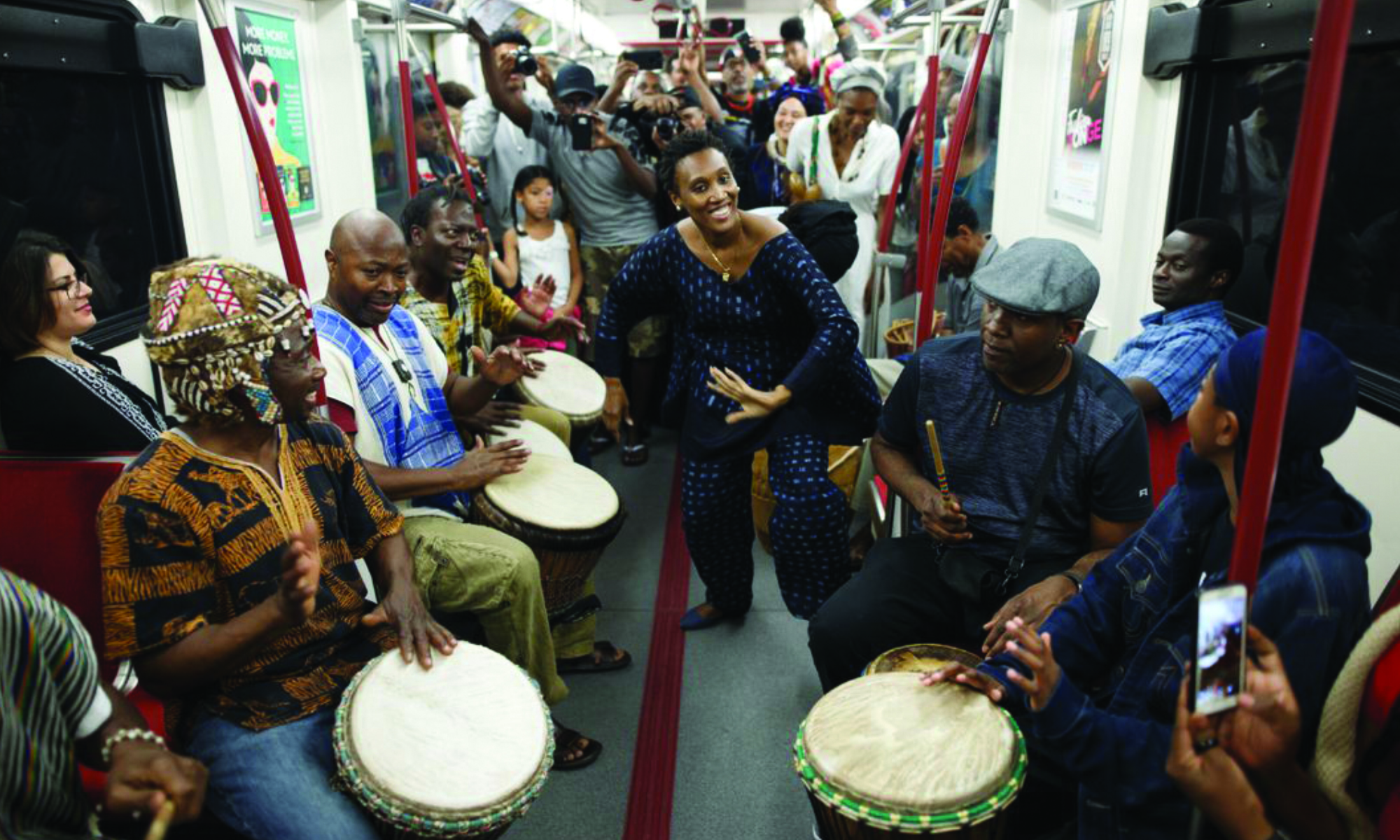
Emancipation Day

What is it?
Emancipation Day is dedicated to celebrating the end of legal enslavement of African people to also remember and reflect on the history of enslavement while taking action to address the ongoing systemic issues that were caused by the forced labour of Black people around the world.
In March 2021, Canadian members of parliament voted unanimously to designate August 1st of every year as “Emancipation Day” across Canada. However, Black communities around the world have recognized and commemorated Emancipation Day since the 1800s.
This year marks the 187th anniversary of Emancipation Day which has its foundations in the slavery Abolition Act when the British empire and government declared that enslavement was against the law. After Emancipation Day the people taken from Africa and their descendants (the children, grandchildren and great-grandchildren) could no longer be bought, sold or kept as slaves. For some who remained in a state of forced servitude through apprenticeships, freedom was delayed four more years until August 1st, 1838 in places such as Jamaica.
Why is it important?
Emancipation Day is an integral component of the historical and ongoing movement for Black lives. These important commemorations are an interweaving of faith, thanksgiving, education, family, remembrance, resistance, community and hope. It is an element of remembering that encourages us to memorialize the experiences and courage of our ancestors through stories, songs, speeches, and other ceremonies as well as by documenting our own stories to ensure that the silence of the past is broken. Freedom is a process for those who secured their freedom from enslavement by various avenues, actively constructed freedom and practiced freedom. Descendants have continued to define and form freedom in their own rights.
We need to recognize the harm that 400 years of slavery caused, where millions of children, women and men were taken away from their homes in Africa; and the impact on their communities, families and culture, when they were brought to the Americas and Europe to work as slaves. We continue to be on the way to freedom, yet we face racial inequities entrenched in the legacies of enslavement. The reality was once again brought to the world stage last year with the social unrest that spread globally. Black communities raised the issues of segregated schools, limited employment opportunities, housing restrictions, their ability to exercise their right to vote, the denial of business services, access to public facilities, and racial discrimination in other areas of society. Freedom is the core theme and over time has come to be defined. Emancipation Day goes beyond a day of remembrance, but also to call on Black people and their allies to take a stand against the inequities and injustices that are still systemically present in society, while advocating for freedom, in all of its forms.
How do we celebrate it?
The day became an occasion of celebration for formerly enslaved people and later their descendants. Emancipation Day is a Black tradition for Black people. It has been commemorated across Canada at different points in time. Emancipation Day was marked with church services, speakers, parades with marching bands, performances, banquets, toasts and resolutions, outings, leisure activities, and protests. It is filled with symbols and imagery, messages of upliftment, collective self-determination, and demands of racial justice. Black men and women planned and organized Emancipation Day events for small and large crowds. Welcoming people who travelled by all means to gather together.
Emancipation Day was observed with both formal programming and in more relaxed settings with family reunions or homecomings that continues to happen today. We have a responsibility to teach the lessons of Emancipation Day and the long journey of the freedom movement by people of African descent and to move the agenda of racial justice, reconciliation, repair and how we envision freedom farther along for our children whose lives and well-being depend on it.
